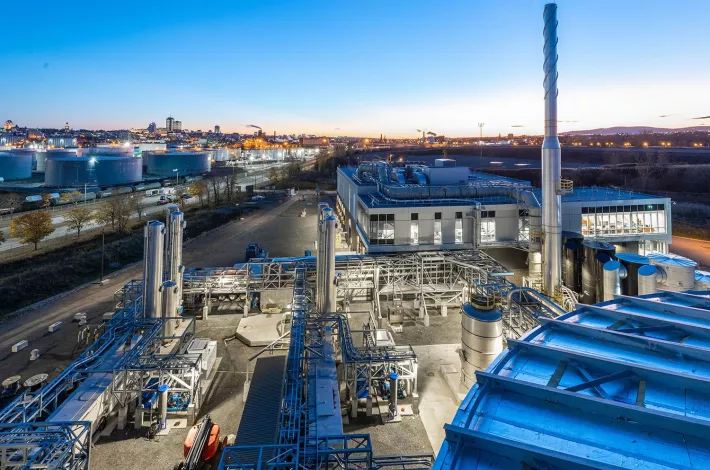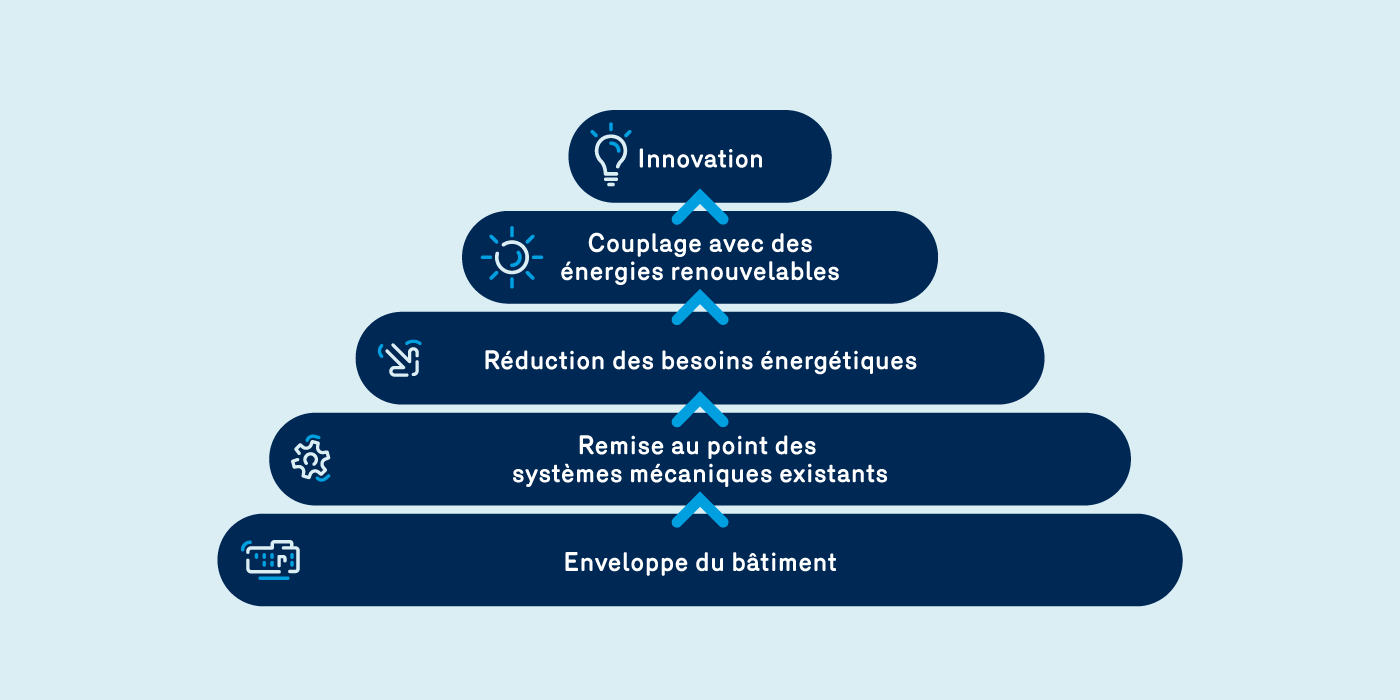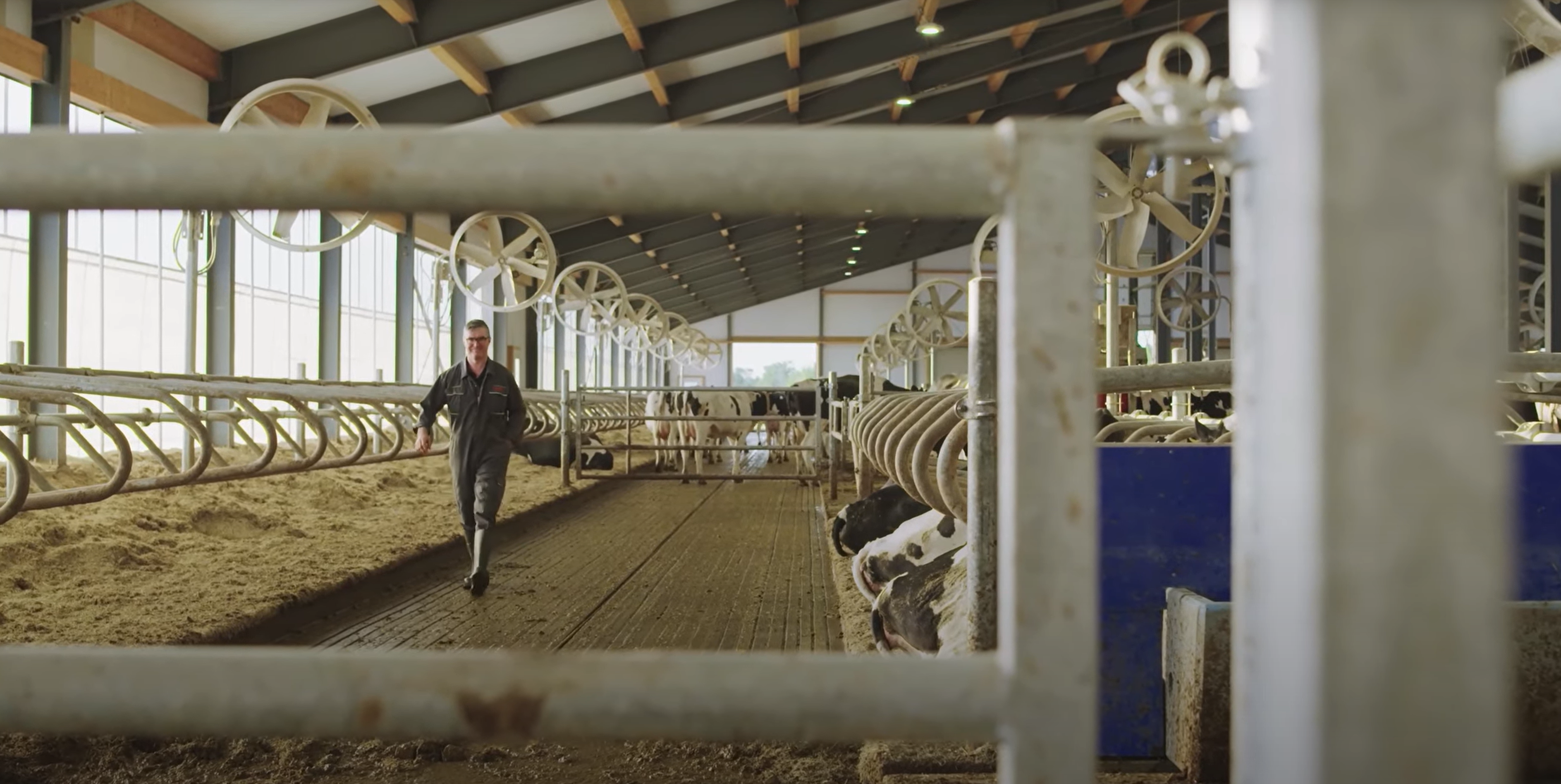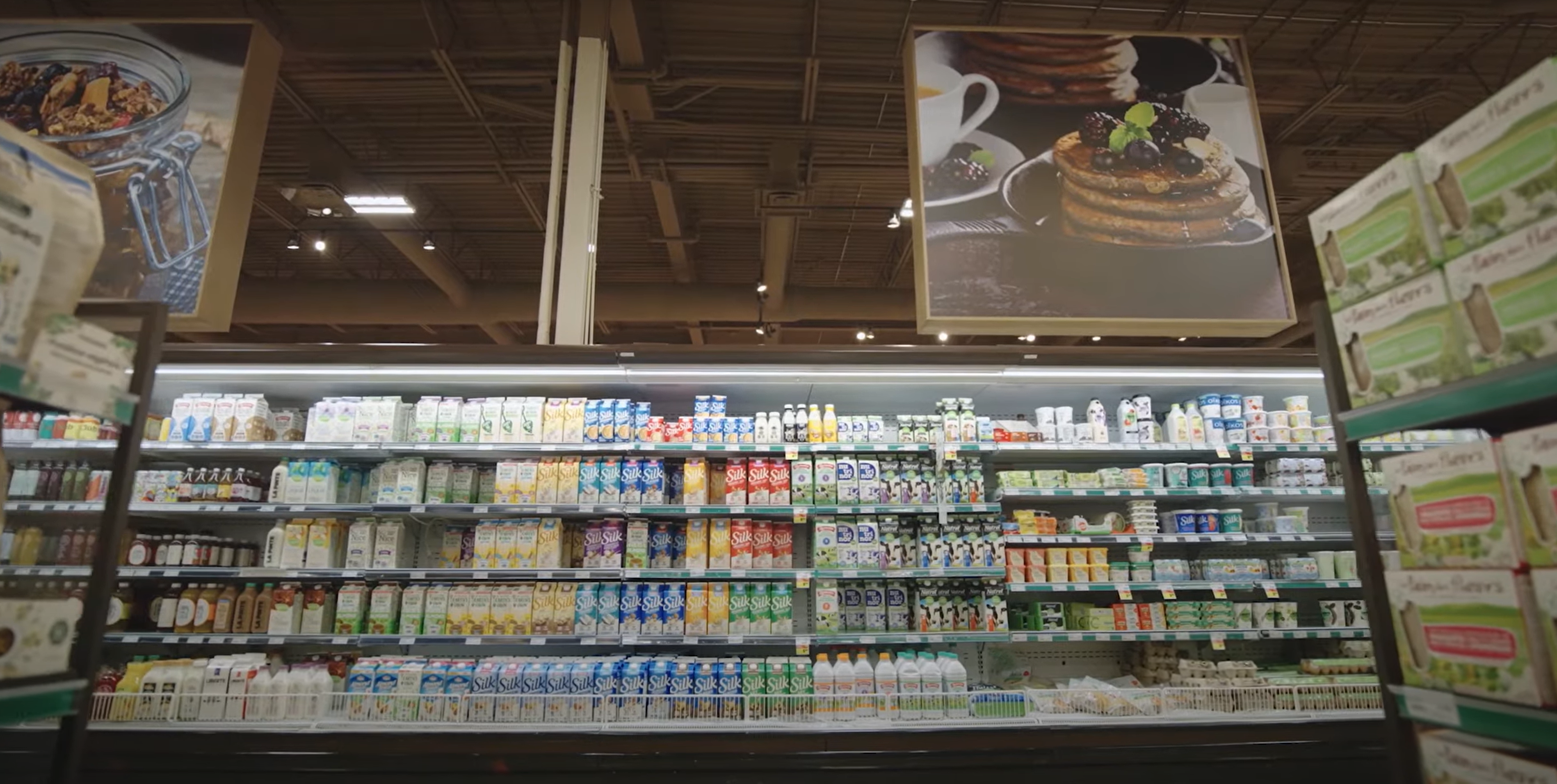
Warwick’s agricultural waste has energy to spare!

Are you familiar with renewable natural gas (RNG)? RNG is a 100% renewable, carbon-neutral natural gas produced from decomposing organic matter. First, organic matter (like what you would put in your brown bin) is gathered and taken to a biomethanation plant to be transformed into RNG. Then, the resulting RNG is injected into the gas network and the energy is ready for use, in the same way as conventional natural gas (for transportation, heating, cooking, hot water, and more).
In order to be able to offer this renewable energy to our customers, local producers are indispensable. With its biomethanation facility, Coop Agri-Énergie Warwick will be Québec’s very first agricultural cooperative dedicated to producing RNG. This project, which involves a dozen agricultural producers, will allow RNG to be produced from manure, liquid manure and various organic waste from businesses in the region. This means that over 2 million m3 of RNG will be injected into the gas network each year. That’s enough to supply 1,000 homes with renewable energy! Énergir will purchase all the RNG produced by the Coop Agri-Énergie Warwick biomethanation facility to distribute it to customers wishing to take advantage of the environmental benefits of this energy.
Biometha what?
Agricultural biomethanation is the process of converting organic waste, manure and liquid manure. It is commonly used elsewhere in the world, particularly in Germany, France and the United States. The resulting biogas is purified to 97%, becoming RNG.
Biomethane or RNG?
You may have already heard the term “biomethane” in a similar context. In fact, biomethane and renewable natural gas are synonyms. Both cases refer to a gas, methane, produced from fermented organic matter, that can be used as a renewable energy source.
A winning energy source across the board
Agricultural RNG makes it possible to reduce greenhouse gas (GHG) emissions not only by replacing fossil fuel with renewable energy but also by preventing methane emissions from the storage of manure and liquid manure. Coop Agri-Énergie Warwick’s biomethanation facility will reduce GHG emissions by 6,500 tonnes of CO2 annually, the equivalent of taking 1,500 cars off the road each year! This project will allow member agricultural producers to play an active role in the fight against climate change.
This type of initiative is in line with the energy transition initiated by the Québec government. RNG could help Québec attain its GHG reduction targets. In 2019, Québec set itself an ambitious RNG distribution target equivalent to 5% of the total volume of natural gas in the gas network as of 2025. It is also a preferred driver for energy transition in more advanced countries like Sweden and Denmark.
Moreover, in its environmental policy, the City of Warwick encourages biomethanation as a way of reducing the use of fossil fuels. Numerous agricultural regions in Québec have similar RNG production potential and other cooperatives of this type will hopefully be developed.
A project that is firmly anchored in the community
The biomethanation facility will be built on Route Kirouac in Warwick, Centre-du-Québec. The site was chosen due to the high concentration of dairy farms in the vicinity and its proximity to the gas network. It will provide the community with numerous benefits such as the following:
- Reduced odours from spreading manure
- An additional source of revenue for producers
- Waste recovery
- Creation of jobs that cannot be outsourced
- Economic spinoffs for the region
Coop Agri-Énergie Warwick is an agricultural cooperative that ensures the full participation of agricultural producers and a fair redistribution of wealth among members. The model offers producers of various sizes the opportunity to take part in a project that allows them to play an active role in producing a renewable and local energy source.
The Warwick biomethanation facility is the fruit of the contribution of numerous partners and collaborators, particularly Génitique and Coop Carbone. Their knowledge and expertise allowed for the creation of this economically, environmentally and socially promising project.
Developing a circular economy: a key concern
The biomethanation facility will also produce digestate, a high-quality, odourless fertilizer that will be returned to the cooperative’s member agricultural producers to be used on their land. What a great example of circular economy!
Construction of the biomethanation facility is set to begin in spring 2020, and commissioning is expected to take place at the end of the year.
You may also like...



Energy, Sustainable development
Énergir and Quebec City, united for waste recoveryPopular articles

The Maslow energy efficiency pyramid: A winning approach to successful energy efficiency projects
See the article
Coop Agri-Énergie Warwick, a model of environmentally responsible agriculture
See the article
Saving energy while keeping customers comfortable: the winning recipe at Marchés IGA Lambert
See the article